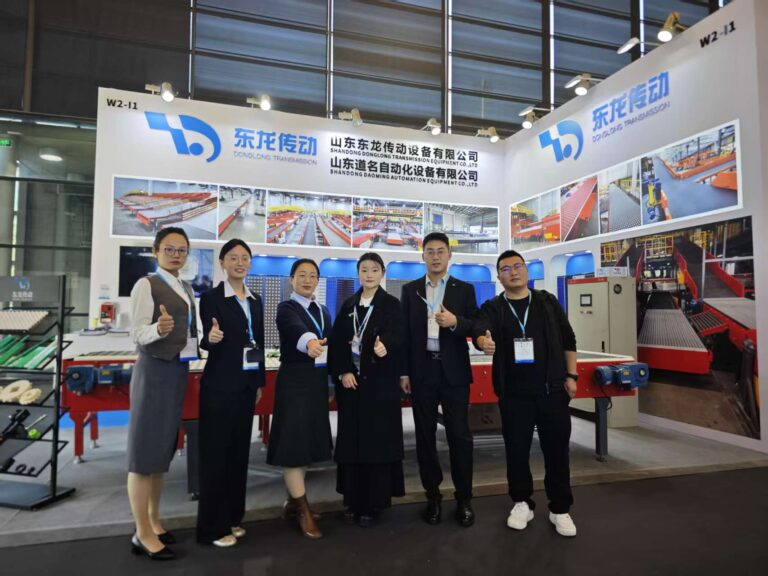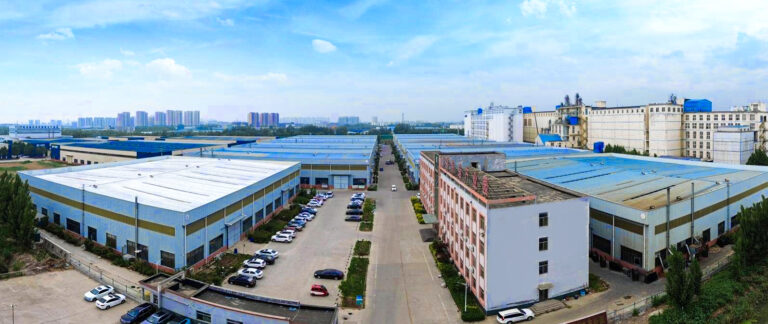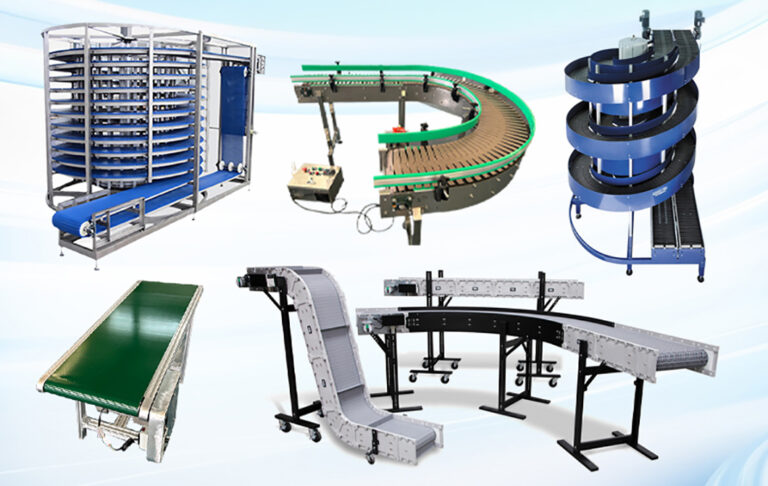The main types and workflow of pasteurization machines
A pasteurizer is a processing device that uses low-temperature heat treatment to kill pathogens and spoilage microorganisms in food (particularly liquid food), while maximizing the retention of the food’s original flavor and nutritional value. Its core principle comes from the invention of French scientist Louis Pasteur, and therefore it is called pasteurization.
Core Principle: Pasteurization
Objective: The goal is not to kill all microorganisms (that is the aim of ‘sterilization’), but to reduce the number of harmful pathogens (such as E. coli, Salmonella, Listeria) to a safe level and inactivate enzymes and microorganisms that cause spoilage, thereby significantly extending the product’s shelf life.
Technical Features: Usually conducted at temperatures of 72°C – 85°C for 15 – 30 seconds (specific time and temperature depend on the product), followed by rapid cooling.
· Difference from Ultra-High Temperature (UHT) Sterilization:
Pasteurization: Low temperature, preserves flavor and nutrients, shorter shelf life (a few days to a few weeks), products usually need refrigeration.
Ultra-High Temperature sterilization: High temperature (135-150°C, 2-8 seconds), kills all microorganisms, long shelf life (several months), can be stored at room temperature, but flavor changes are more significant (commonly called “canned taste”).
Main Application Scenarios
Pasteurization machines are widely used for products that are sensitive to flavor, color, and nutrition:
- Liquid foods (the primary application):
Milk and dairy products: fresh milk, yogurt, formulated milk, cheese, ice cream mixes, etc.
Juices and fruit pulps: various non-clear packaged 100% juices, NFC juices, jam raw materials, etc.
Beverages: beer, wine, certain plant-based protein drinks (such as pasteurized soy milk).
- Viscous and particulate products:
Sauces: mayonnaise, salad dressing, ketchup, etc.
Soups: cream soups, thick soups, etc.
Beverages with fruit pieces: jelly drinks, juices or beverages containing fruit pulp.
The main types and working processes of pasteurizers
According to the product form and output, it can be mainly divided into the following categories:
Plate Sterilizer
·Working Principle: The most common and efficient type. It is composed of multiple stainless steel plates with embossed patterns stacked together, forming two separate channels: one for the product and one for the heating/cooling medium (usually hot water and cold water).
· Workflow:
- Preheating: Cold product enters the sterilizer and exchanges heat with the hot product that has just been sterilized within the plates, getting preheated. This greatly saves energy.
- Heating: The preheated product enters the heating zone and is heated by hot water to the precise sterilization temperature (e.g., 72°C).
- Holding: The product flows into a holding tube (or holding section) where it stays for the precise required time (e.g., 15 seconds) to complete the sterilization process.
- Cooling: The sterilized product passes the heat exchange zone again, cooling itself while preheating the incoming cold product. Finally, it enters the cooling zone and is cooled by cold water to the desired exit temperature (e.g., 4°C).
· Advantages: High thermal efficiency, small footprint, suitable for large-scale continuous production, high automation.
· Disadvantages: Can only be used for sterilizing unbottled liquid products; not suitable for products with large particles or high viscosity (may easily clog the plate channels).
Tubular sterilizer
· Working Principle: Similar to the plate type, but the heat exchanger is composed of concentric stainless steel tubes. The product flows in the inner tube, while the heating/cooling medium flows in the jacket around the tube wall.
· Advantages: Can handle products containing medium to small particles and higher viscosity (channels are less likely to clog), and can withstand higher pressure.
· Disadvantages: Thermal efficiency is slightly lower than plate type, cleaning is relatively more complex, and it cannot be used to sterilize filled products.
· Applications: Commonly used for tomato paste, pulpy beverages, fruit juice concentrates, whey protein, etc.
Water-Bath Sterilizer
· Working Principle: Commonly used for sterilizing products after packaging. The packaged products (such as bottled milk, glass-bottled yogurt, or soft-pack bags) are immersed in a hot water tank, and sterilization is achieved by controlling the water temperature and time.
· Working Process: The products move into the sterilization tank via a conveyor belt, slowly pass through the hot water to reach the required sterilization time, and then enter a cooling water tank to be cooled.
· Advantages: Simple structure, suitable for various packaging types.
· Disadvantages: Sterilization and cooling times are relatively long, and production efficiency is comparatively low.
Association with ‘ribbed module belt’
The ribbed modular belt plays a crucial role in the conveyor systems of pasteurizers (especially water bath and tunnel-type).
- Anti-slip and stability: In a slippery environment filled with hot water and steam, the ribs effectively prevent bottles and cans from slipping or tipping over during transport, ensuring the continuous and stable operation of the production line.
- Climbing ability: Tunnel pasteurizers often have height differences at the infeed and outfeed points. The ribbed structure provides strong support for the containers, allowing them to move smoothly up and down slopes.
- Drainage and ventilation: The gaps between the ribs help quickly drain surface water from products after they come out of the water bath, facilitating subsequent drying and labeling processes. They also ensure the circulation of the heating medium (water or steam), resulting in more uniform heat distribution.
The pasteurizer is a key piece of equipment in the modern food industry for ensuring food safety and quality. It uses precise temperature control technology to kill harmful bacteria while cleverly preserving the freshness of the food. Whether processing unpackaged liquids through plate or tubular systems, or packaged products through a water-bath method, it relies on efficient and reliable conveying components, such as ribbed modular belts, to work in coordination.







